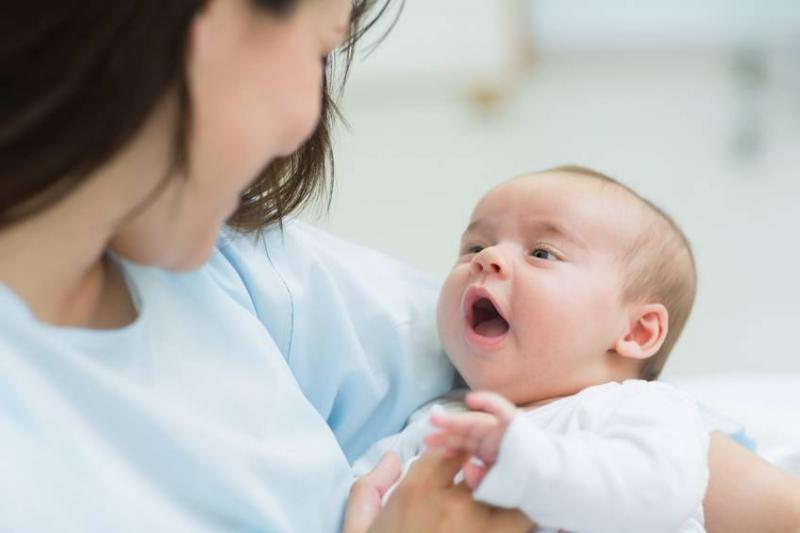A recent study has found that the growth patterns of children born after their parents received fertility treatment initially differ from those of other children. However, these growth rates level out and return to normal over time.
It is noteworthy that in vitro fertilization and other forms of assisted reproductive technologies are always associated with lower birth weights in children. However, it was unclear how long these differences in growth persisted. To investigate this, Norwegian researchers analyzed data from nearly 80,000 children born naturally, and more than 1,700 children born using assisted reproductive technologies and other fertility treatments. The children were tracked until they reached the age of seven.
The average birth weight of the second group of children was 7.7 pounds, with an average length of 19.7 inches, compared to 7.9 pounds and 19.8 inches for naturally born children, according to the study published on February 17 in the journal Human Reproduction. The study revealed that children born after using fertility treatments grew faster in the first 18 months of life. After just one year, they were slightly taller and heavier than naturally born children.
The researchers found that this difference continued until the age of seven. Additionally, those children were of smaller size at birth compared to naturally born children. The authors of the study clarified that their growth pattern was somewhat similar. The results also showed that, compared to naturally born children, infants born from fresh embryos were smaller in size, while those from frozen embryos were similar in size.
The researchers analyzed data from more than 544,000 17-year-olds who underwent military service examinations in Norway and found only slight differences between those born through fertility treatments and those born naturally, as well as between those born from frozen or fresh embryos.




